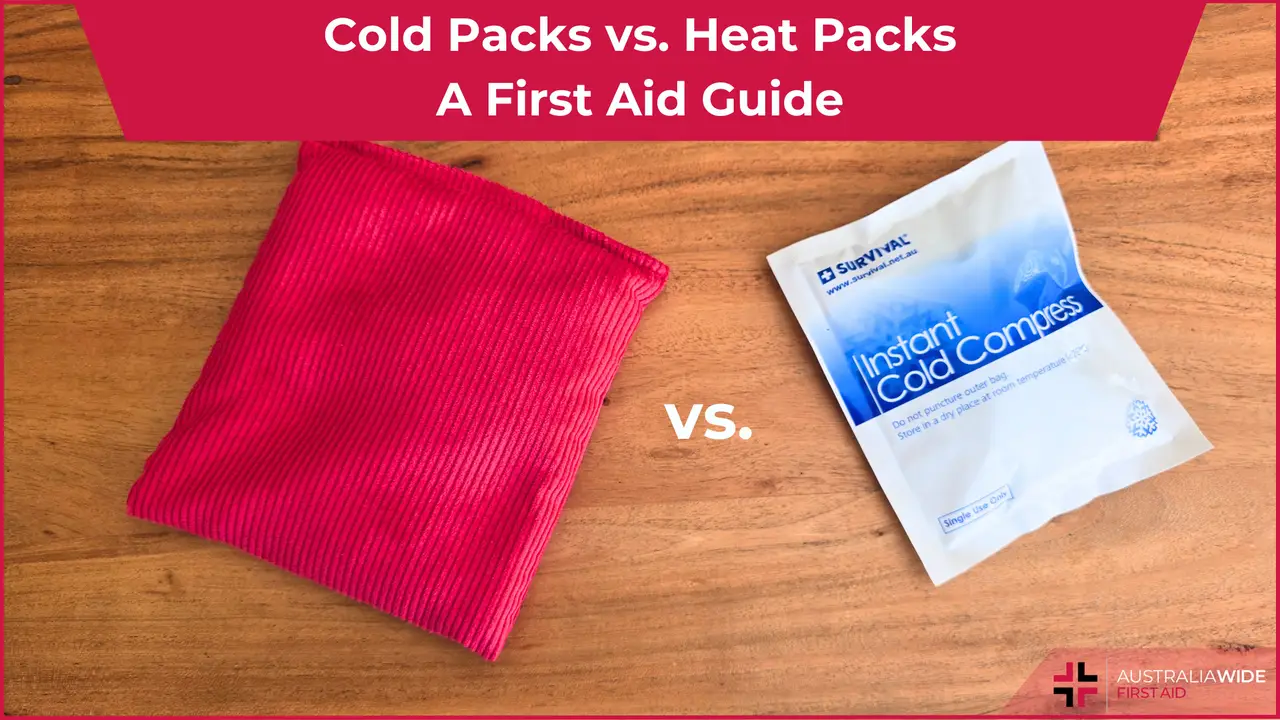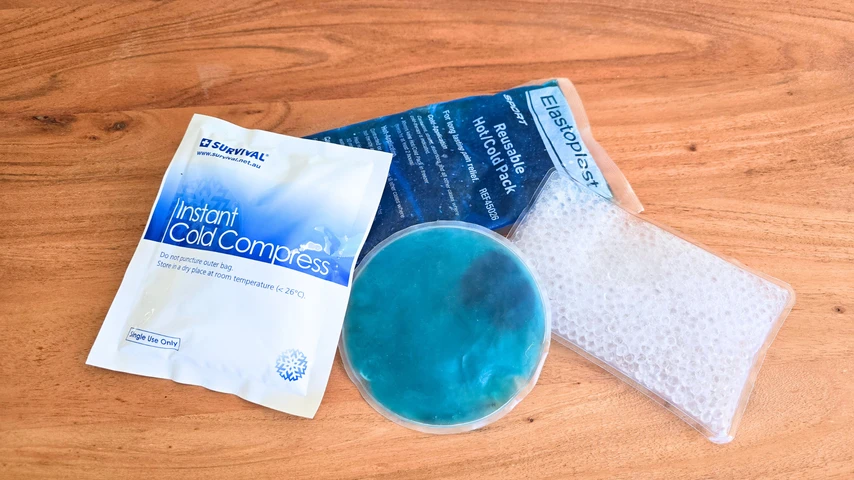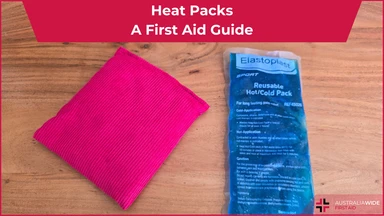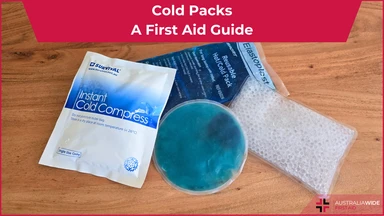Cold Packs vs. Heat Packs: A First Aid Guide


In the realm of first aid, the use of cold packs and heat packs is fundamental for managing a variety of injuries and conditions.
Knowing when to apply each can significantly impact the effectiveness of the treatment and the speed of recovery.
This guide aims to clarify the appropriate situations for using cold packs versus heat packs.
Cold pack and heat packs are both incredibly useful first aid tools, but in very different ways.
A cold pack, also called an ice pack or cold compress, is a portable bag filled with liquid (could be water, refrigerant gel, or other) or ice, to provide cooling.
They work to reduce swelling at an injury site by restricting the blood flow to the area. Cold also helps to decrease pain signals.
A heat pack, on the other hand, produces heat for the body to absorb. In doing so, blood vessels dilate (become wider), allowing more blood to flow to the affected area. The blood brings with it more oxygen and nutrients, allowing for a speedier recovery.
Heat packs also provide relief from pain, tightness, and stiffness in joints and muscles.
Acute Injuries
Cold packs are most effective when applied to acute injuries, which are sudden injuries caused by trauma, such as a sprained ankle, a bruised knee, or a muscle strain. The cold helps by constricting blood vessels, reducing blood flow to the area, and thus minimizing swelling and inflammation.
Reducing Swelling and Inflammation
For injuries that result in immediate swelling, such as after an impact or a fall, cold packs can help control the swelling. Applying a cold pack within the first 48 hours is crucial for managing inflammation.
Pain Relief
Cold therapy can also numb the affected area, providing relief from pain. This is particularly useful for minor burns, insect bites, and muscle aches where numbing the area can reduce the perception of pain.
Fever Reduction
In cases of high fever, cold packs can be used to help lower body temperature. Placing cold packs on the forehead, wrists, or the back of the neck can assist in cooling the body down.

Apply the cold pack to the injured area for 15-20 minutes at a time.
Use a thin cloth or towel to protect the skin from direct contact with the cold pack.
Repeat every 2 hours as needed, especially within the first 48 hours post-injury.
Chronic Injuries
Heat packs are ideal for treating chronic injuries or conditions, such as arthritis, chronic muscle pain, or joint stiffness. The heat helps by dilating blood vessels, increasing blood flow, and relaxing tight muscles.
Muscle Soreness and Tension
For muscle soreness or tension resulting from overexertion or stress, heat packs can soothe and relax the muscles. This is particularly beneficial after physical activity or a long day of work.
Stiff Joints
Applying heat can help improve flexibility and range of motion in stiff joints. This is useful for conditions like osteoarthritis or for warming up stiff muscles before exercise.
Period Pain
Heat therapy is effective in alleviating period pain. Applying a heat pack to the lower abdomen can relax the muscles of the uterus, providing relief from the pain.

Apply the heat pack to the affected area for 15-20 minutes.
Ensure the heat pack is warm, not hot, to avoid burns. Use a cloth or towel as a barrier if necessary.
Repeat several times a day as needed for chronic conditions.
Timing
For acute injuries, apply cold packs immediately and continue for up to 48 hours. For chronic conditions or ongoing pain, heat therapy can be used as needed, especially before activities that may aggravate the condition.
Protection
Always use a barrier like a cloth or towel between the skin and the pack to prevent frostbite from cold packs or burns from heat packs.
Alternating Therapy
In some cases, alternating between cold and heat therapy (contrast therapy) can be beneficial. For example, using a cold pack to reduce initial swelling and then a heat pack to relax muscles and improve blood flow.
Medical Advice
Consult a healthcare professional if unsure about which therapy to use, or if the injury or condition does not improve with home treatment.
Understanding when to use cold packs versus heat packs is crucial in first aid and injury management.
Cold packs are best for acute injuries, swelling, and pain relief, while heat packs are ideal for chronic pain, muscle soreness, and joint stiffness.
Proper application and timing can enhance recovery and comfort, making these simple tools highly effective in managing a range of conditions.

July 29, 2024
Heat packs are a valuable tool in first aid for treating a variety of conditions, particularly those involving chronic pain, muscle tension, and joint stiffness. Proper use of heat therapy can enhance recovery and provide significant pain relief. This guide outlines how and when to use a heat pack effectively.

June 14, 2024
In the realm of first aid, the use of cold packs and heat packs is fundamental for managing a variety of injuries and conditions. Knowing when to apply each can significantly impact the effectiveness of the treatment and the speed of recovery.

June 11, 2024
Cold packs are a fundamental tool in first aid for managing a variety of injuries and conditions. Their proper use can significantly reduce pain, swelling, and promote faster recovery.